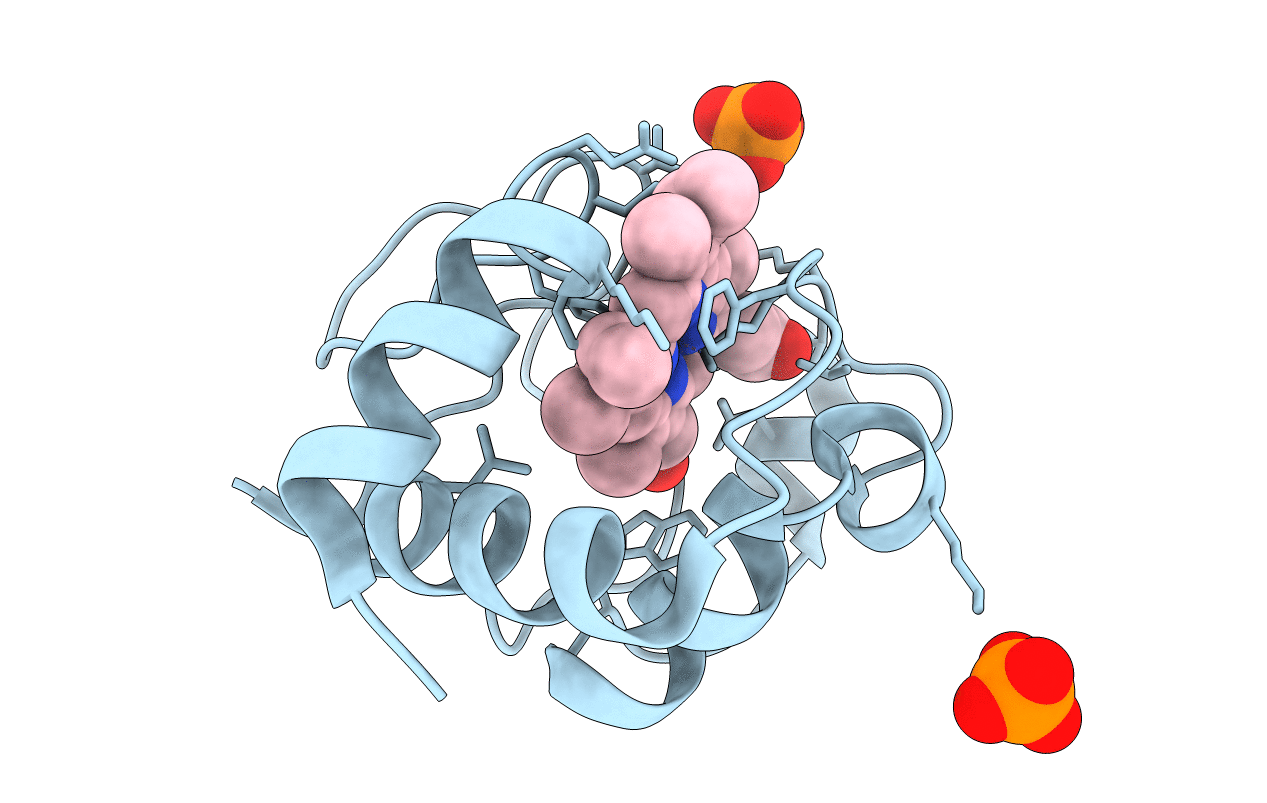
Deposition Date
2005-08-01
Release Date
2006-07-18
Last Version Date
2025-12-17
Entry Detail
PDB ID:
2AIU
Keywords:
Title:
Crystal Structure of Mouse Testicular Cytochrome C at 1.6 Angstrom
Biological Source:
Source Organism:
Mus musculus (Taxon ID: 10090)
Host Organism:
Method Details:
Experimental Method:
Resolution:
1.60 Å
R-Value Free:
0.20
R-Value Work:
0.17
R-Value Observed:
0.18
Space Group:
I 41


